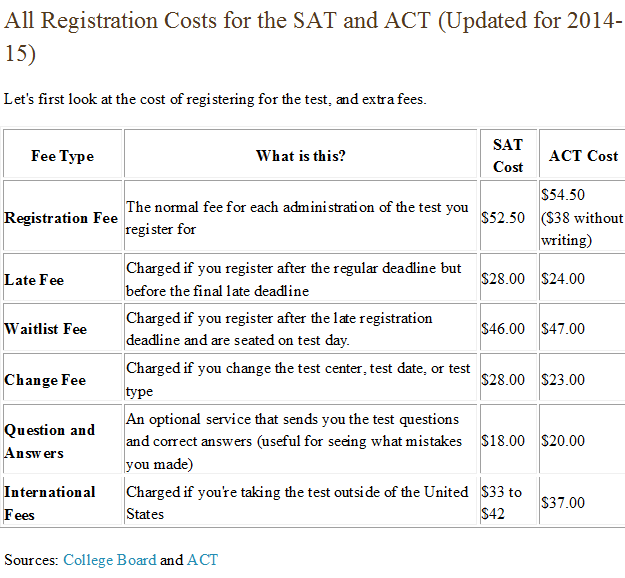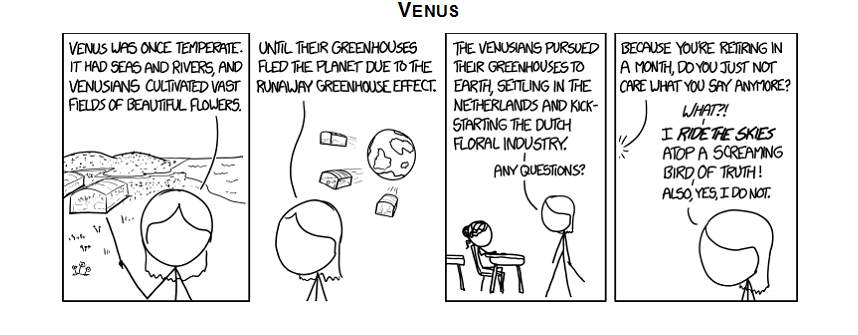Yesterday’s tutoring was rough. Davey kept randomly blurting out odd comments during tutoring while I was trying to go over a math quiz.
“Did you know I fell off my bike last week?”
“My cousin got a new gaming system.”
“I don’t like to go to Walmart.”
Told to please be quiet and listen, he kept going with the random monologue until I had to write him up and send him out to in-school suspension. Manny thought Davey was so funny that I almost had to send him off with the obligatory paperwork as well. I was livid with both by that point in class.
A nearly colleague had similar problems.
“Ten minutes for them to turn to page 248,” he said to me. “Ten minutes!” He had not finished something he needed to do by the end of the day. I had not finished at least two things I needed to do. Deliberate attempts to suck up time had succeeded in sucking up enough time so that we both fell behind. I didn’t talk to any other teachers. I think state-visit day may have created enough tension that, by day’s end, many of the troops were a little squirrelly.
Here’s part of yesterday’s problem: My plan required some independent work. I needed time to talk with individual students. I passed back unfinished papers with the word “Finish” on top. But without my direct supervision, tutoring turned into social hour, in no small part because a couple of boys have become frighteningly lost. I then took us back to whole-group instruction to go over a math quiz. The boys still chose to opt-out through passive-aggressive behavior. For one thing, I’m sure they suspected that quiz had gone badly for them.
Tutoring was no fun at all, that’s probably how best to sum this up. I will have to make a couple of phone calls home. But this post is about to take a left turn on the road to teacher-pulling-her-hair-out. I’m unhappy with both boys. They know it. I’m also unhappy that my boys have been set-up for this latest fiasco.
Davey is my Lil Davey of earlier posts and all he wants is to go back to elementary school — or to drop out. He wants out of THIS school desperately. Manny has no idea what he wants, except to play video games. He may well end up dropping out, too. He can’t read — and I mean can’t. The boy reads at an early elementary level. As soon as I embed that math in a story problem, he’s gone.
The previous system protected these boys, to some extent. At the start of the year, I had a fair number of bilingual students come up to me and ask how they could be failing.
“I always got As and Bs,” they said.
I am sure that’s true. But these students were years, sometimes as much as five or six years, behind grade level in various subjects, living in that proverbial fool’s paradise that comes when smiling teachers give you high grades, tell your parents how well you behave and send you off for another summer of play. These students were falling further and further behind, year by year. I have been part of that system and I have told those parents how well their children behaved, even as I gave them undeserved grades for work that contained a fair amount of effort, but not nearly enough understanding.*
My district’s students have hit a reckoning time. The state has taken over. Outside consultants have determined the materials teachers are to use, based on actual academic expectations for grade-level students across the country. From the outside, it’s hard to fault the state or the outside consultants. Zip codes should not be destiny and too many zip codes have been allowed to pass along these nonreaders who can’t add fractions for too long.
The Principal has us going over student standardized-test data with the kids. For the first time, they know how they are performing compared to the average American student. I can’t fault the Principal for her decision to share the data. When a twelve-year-old student cannot read as well as an eight- or seven-year-old average American student, that twelve-year-old and his or her parents/guardians need to know what is happening.
In the trenches, however, I am seeing some disturbing behaviors. What happens when we share this kind of information with students? Here we tread into the murky waters of resilience and shaming. We are shaming these students, no matter how sensitively we approach the material. We can share their progress and triumphs in test score increases. The Principal has been careful to emphasize the need to share any and all progress in an upbeat fashion. We are to be as encouraging as possible.
Still, resilience is a tricky thing. The same data that can make one girl decide to try much harder next year may cause another girl give up entirely. As I look out into my room, I see students who have locked into the battle to improve those scores. They are beginning to ask me questions. When I write “see me” on a homework paper, they come up to find out what went wrong. I also see kids who are tossing those papers without comment, who never ask, and who blurt random comments about bikes and game systems.
Eduhonesty: Saturday morning tutoring is about an hour and fifteen minutes away. I have regulars. I mostly have regulars, in fact. I have occasional drop-ins. I also have the students who have never managed to come once. My attendance list might be a pretty good rough indicator of resilience. Students who think they can succeed are getting up and coming to see me on Saturday mornings. At least some of the others are like Lil Davey, I think, who never comes. They have given up.
*This phenomenon obviously demands another post, perhaps even a book. In my defense, too many fails can lead to loss of a job and, some years, it did not matter whether students failed or did not fail classes. We passed everyone. We even passed a girl in one of my classes who had missed one-third of the year. Her mom had tears in her eyes as she thanked me for this decision that I’d actually had no control over. I assure readers that I have been teaching as hard and fast as I can. I also assure readers that the situation I am describing has been happening all over the country. If Americans want to know how our high schools can graduate so many students who can neither effectively write nor do simple, everyday mathematical calculations, I just answered that question in a nutshell: We kept passing them on.


